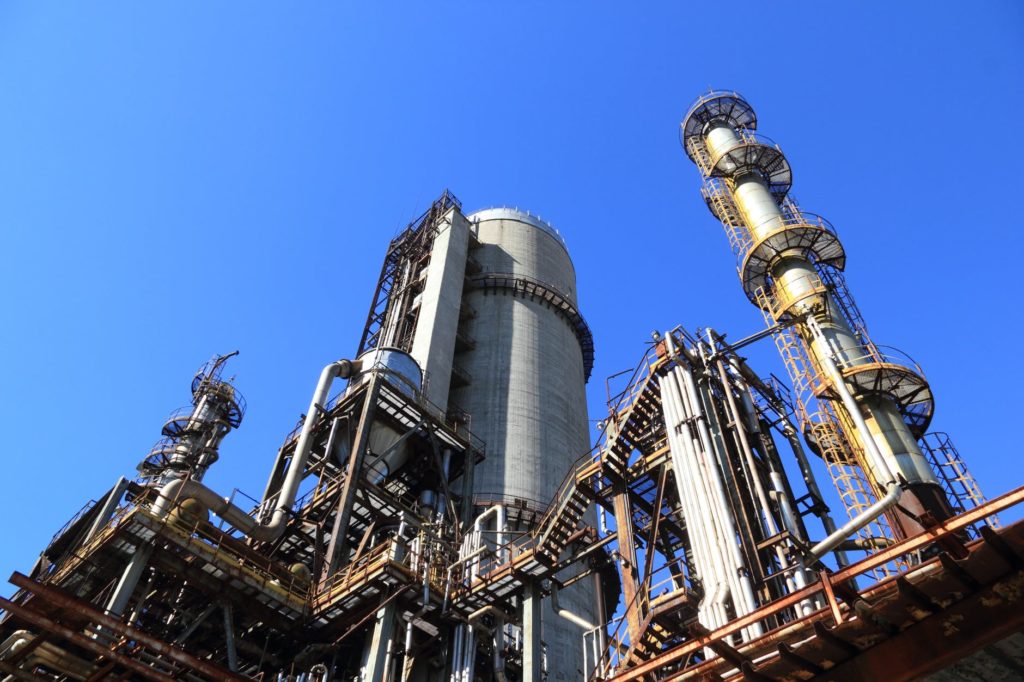Often the case with many things is that you don’t know what you’re missing. In the world of process control it is no different. You have survived all these years without alternate methods and you have coped just fine, so why try something new?
Because the results you get using your existing technology will plateau and you will need to move to a new technology to make further improvement. If you do this before your competitors you gain a permanent advantage but if you wait until you plateau to go to the next technology you suffer a permanent disadvantage. The new technology will also plateau in time and then you will need to find another one. That’s what technology progress is all about. Think of single-loop pneumatic controls giving way to single loop analog controllers giving way to single-loop and cascaded digital controllers in the early DCS systems and then decoupling controllers followed by model-based optimising controllers. Whats the next step? It’s Envelope Control. Use the Operating Envelope of achievement of all your operating objectives and KPI’s in real-time to push the existing controls back into the envelope as soon as a process excursion occurs. Today you rely upon the operator knowing from his mental model of the process that he probably isn’t achieving all your objectives and making corrections. But no one today knows where the boundary of the envelope is so the operator lets the excursion grow until he is certain the process needs correction and then has to make a bigger correction to correct the now-bigger excursion. And all that time the plant has been missing out on at least some of its objectives. Operating Envelope technology implemented by Geometric Process Control changes the way your process operates so that you will achieve your economic objectives and KPI’s more consistently thus reducing variability and increasing efficiency.
C Visual Explorer is used to find, visualize and compare Operating Envelopes for various operating objectives and to find consistent Alarm Limits, Control Limits and Operating Procedure Ranges for many hundreds of variables simultaneously. It saves considerable amounts of user time while increasing process understanding and process efficiency. It can be used to set operating limits for the achievement of a particular optimum in the non-linear environments common to most processes. More specifically, the program is used to extract the best operating experience of the past to define ‘Best Operating Envelopes’ (also called ‘Best Operating Zones’). These are turned into real-time models by the CPM product which ‘shrink-wraps’ the cloud of points found in order to model the envelope of the cloud.
By having a defined operating envelope which includes desired economic objectives, best practice performance and specific KPI’s and other business objectives the process performance is specifically tied into achieving KPI’s instead of this being an afterthought to good practice. CVE can also be used to generate multi-variable graphs for insertion in existing Process Performance and KPI Reports replacing the large tabulations of numerical data that are so often found in today’s reports. This function and the associated function of retrieving data from the process historian and other databases can be easily automated with a script program which is in turn embedded in or called from the report generation program. At the same time the CVE State file can be placed on the users network allowing any engineer subsequently asked questions by management about the reports can immediately pick up the analysis from the exact position shown in the report and use CVE to ‘drill down’ to whatever extent necessary.
Maybe you have some objectives that only apply at certain times such as maximising throughput when sales are good and minimising cost when you have spare capacity. The envelopes for these are sub-envelopes of the envelope for operation excluding these objectives so can be found by maximising and/or minimising the variables that combine to form an objective function. The operator changes the optimisation target in real-time by indicating which variables are to be maximised or minimised. CPM then steers the process towards the appropriate sub-space within the envelope where the desired secondary objective is achieved. Real Time Optimisation without maths and without equations. You can see why this is the next technology for control. And it operates through your existing control technology so no need to fear for the investment you have already made.



